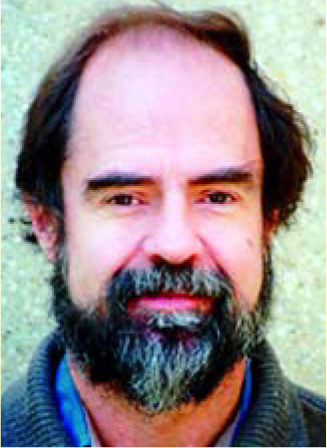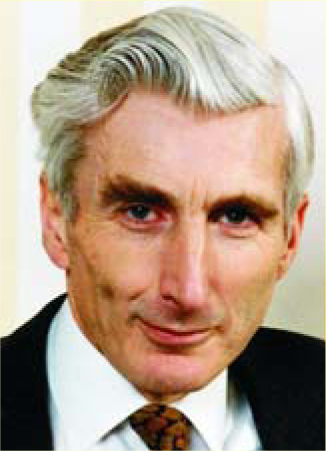Gunn, Peebles, and Rees Receive 2005 Crafoord Prize
DOI: 10.1063/1.1995756
In addition to the Nobel Prizes, the Royal Swedish Academy of Science annually recognizes with its Crafoord Prize one of the fields of astronomy, biosciences, geophysics, and mathematics. This year’s prize, astronomy, is being shared by James E. Gunn, P. James E. Peebles, and Martin J. Rees “for contributions towards understanding the large-scale structure of the universe.” The academy writes, “Together these three scientists are responsible for most of the current picture of galaxy and structure formation in the universe.”
The Academy praised Gunn for his theoretical contributions to the understanding of galaxy formation and of the properties of the gaseous medium between galaxies. He has also suggested important observational tests for the presence of dark matter in galaxies, and his later work has been closely related to observational projects. He has been “central in several instrumental projects for understanding the formation of galaxies,” writes the academy—in particular, projects using the Hubble Space Telescope and the Sloan Digital Sky Survey. Gunn is the Eugene Higgins Professor of Astronomy at Princeton University.
Peebles, Albert Einstein Professor of Science, emeritus, and emeritus professor of physics at Princeton, was acknowledged for predicting, in the 1960s, “some of the most important properties of the fluctuations of the microwave background radiation” and for his detailed calculations of the “crucial epoch” when the universe evolved from being completely opaque to that radiation to being transparent. Later he developed the principal formalism for quantifying the observed clustering of galaxies. Peebles has been “one of the main proponents of the now most popular version of galaxy formation, the Cold Dark Matter theory, with the hierarchical evolution of the structure as its main characteristic.”
Rees’s work on galaxy formation includes the understanding of physical processes that determine the observed properties of galaxies. His recognition, with Simon White, of the importance of dark matter for the formation and properties of galaxies has stimulated extensive computer simulations of the large-scale structure. More recently he has developed “important ideas in relation to the epoch when the first stars and galaxies formed, and suggested important observational tests of this ‘dark age’ in the history of the Universe.” Currently the UK’s Astronomer Royal, Rees will be resigning later this year to become the 59th president of the Royal Society. He will remain a professor of cosmology and astrophysics at the University of Cambridge and master of Trinity College.
The prize will be awarded by King Carl XVI Gustaf in a September ceremony at the Royal Swedish Academy of Sciences in Stockholm. The laureates will split the cash prize of $500 000.

Gunn


Peebles


Rees

